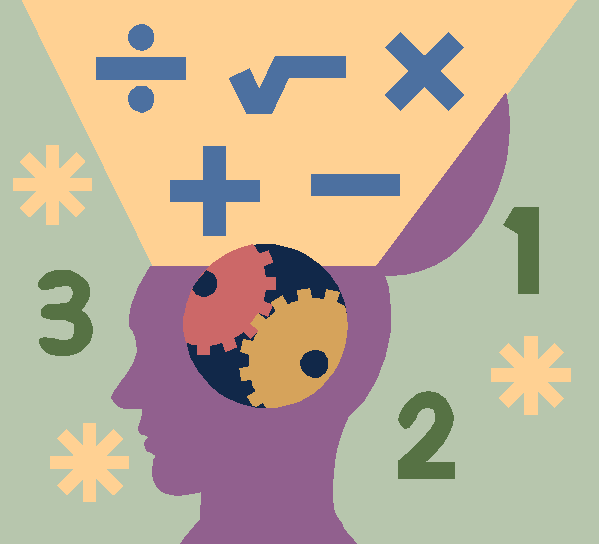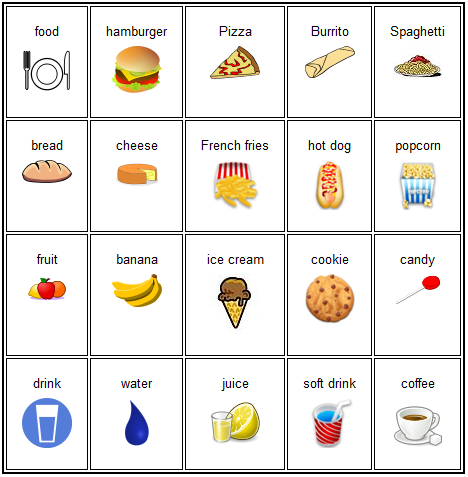Difference Between Assistive Technology and AAC
It is important to understand how the physical competencies impact the independence, self-determination and self-advocacy skills of those with physical disabilities. Assistive technology provides such people with greater independence and control over their own lives. An individual with some kind of physical disability may need assistance with many things to get through the day. AT makes it possible for such people to do things they couldn’t do otherwise. Same goes for people with speech or language problems; they need alternate solutions to express their thoughts and needs. This is where AAC comes to the picture. Let’s take a look at the two technologies and how they help people around.

What is Assistive Technology?
Assistive technology (AT) can be viewed as an extension of the individual in facilitating the use of assistive technology devices. Assistive technology is any technological device or service that assists you in some way, particularly the people with disabilities or the elderly. An individual with some kind of physical disability may need assistance with many things such as opening a door, eating, walking, or any number of things. Simply put, AT is returning independence through technology. Because every individual’s needs are different, the assistance they require is also different. For example, you need assistance when you have trouble walking or you can only move your eyes or if you have some sort of speech impairment, and there are a lot of physical conditions that restrict your physical movements. AT helps people with disabilities in many areas, such as access, communication and entertainment. AT helps people play, learn, work and get things done through the use of technology.

What is Augmentative and Alternative Communication (AAC)?
AAC is short for Augmentative and Alternative Communication. AAC is an assistive technology that aids in communication meaning it is an effective means for individuals to communicate when they do not have the physical ability to use verbal speech or writing. AAC is a term used to describe the various methods of communication designed to help people who struggle with speech express their thoughts, needs and ideas. AAC can range from a simple set of picture symbols on a communication board up to high-end speech generating devices. The symbols used in AAC include pictures, gestures, line drawings, letters or words.
AAC can be a temporary aid for those with speech and language impairments or a permanent solution as a person’s primary means of communication for a lifetime. Common causes for severe speech impairments include congenital conditions such as cerebral palsy and autism. There are dedicated AAC devices which are electronic hardware systems designed specifically for communication. These devices range from simple clock communicators to complex systems with many access and language features.
Difference between Assistive Technology and AAC
Meaning
– Assistive Technology (AT) is a broad term that refers to assistive, adaptive and rehabilitative devices that help a person with some of physical disability function better and effectively without any outside assistance. AT can be viewed as an extension of the individual in facilitating the use of assistive technology devices. AAC, short for Alternative and Augmentative Communication, is one of the many components of AT that helps individuals to interact or communicate when there is a loss in their physical ability to communicate verbally or in writing. AAC refers to devices and systems specifically designed for communication.
Role
– AT is an all-encompassing term that refers to a wide range of devices, systems or services that help people play, learn, work, and get things done. When a physical disability makes it hard to do something you’d like to do, AT provides a comprehensive solution. It helps you do thing you could not do otherwise, such as walking, eating, reading, writing, and so on. AAC can be a temporary aid for those with speech and language impairments or a permanent solution as a person’s primary means of communication for a lifetime.
Devices
– AT can be simple yet helpful tools such as a foam grip that makes it possible for a kid to hold a crayon and draw or glasses which help you read, or something as sophisticated as a software program that helps an individual convert his/her spoken word to text on a computer screen. Some common examples include crutches, walkers, wheelchairs, magnifiers, calculators, communication board, text to speech software, and so on. AAC can range from a simple set of picture symbols on a communication board up to high-end speech generating devices. Plus, there are dedicated AAC devices that range from simple clock communicators to complex systems with many access and language features.
Assistive Technology vs. AAC: Comparison Chart

Summary
In a nutshell, Assistive Technology (or AT) is any piece of hardware or software helps an individual with some kind of physical disability with their everyday activities, such as walking, opening a door, reading, writing, speaking, eating, or anything to get through the day. It helps them play, learn, work and get things done through technology. AAC is just one component of AT that is specifically designed for the people with verbal and speech impairments. AAC is a means to communicate when you do not have the physical ability to use verbal speech to do so. It helps people who struggle with speech express their thoughts, needs and ideas. So, basically the idea is same – to help those in need.
- Difference Between Caucus and Primary - June 18, 2024
- Difference Between PPO and POS - May 30, 2024
- Difference Between RFID and NFC - May 28, 2024
Search DifferenceBetween.net :
Leave a Response
References :
[0]Glennen, Sharon and Denise C. DeCoste. The Handbook of Augmentative and Alternative Communication. Massachusetts, United States: Cengage, 1997. Print
[1]Boesch, Miriam C. and M . Alexandra Da Fonte. Effective Augmentative and Alternative Communication Practices: A Handbook for School-Based Practitioners. England, United Kingdom: Taylor & Francis, 2018. Print
[2]Alant, Erna. Augmentative and Alternative Communication: Engagement and Participation. California, United States: Plural Publishing, Inc., 2016. Print
[3]Image credit: https://upload.wikimedia.org/wikipedia/commons/c/c3/Sample_page_from_AAC_communication_book.png
[4]Image credit: https://pixy.org/src/461/4618189.png
